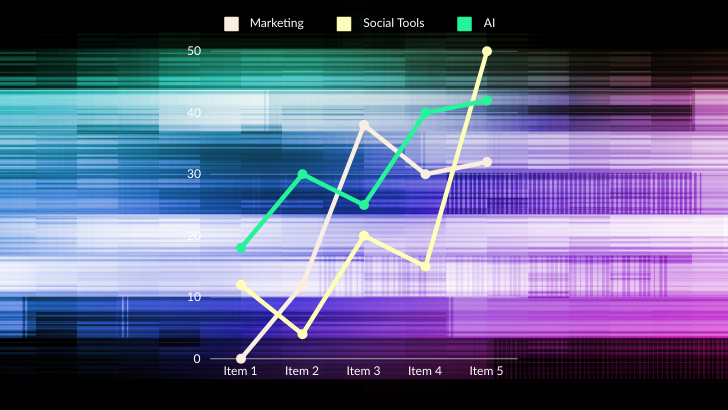Over the past few months, many organizations have transitioned their employees from mostly onsite to fully remote work environments. Now we’re entering into a phase where roughly 30% of the workforce will soon head back to the office, while the rest continue to work from home. This hybrid approach creates a complex situation for IT, instead of concentrating resources in one known location (home or the office), they have to deliver a superior and consistent digital experience regardless of where and how employees log into work. A new survey conducted this year found that 78% of IT leaders believe digital employee experience is essential or a high priority today, compared to only half (49%) 12 months ago.
We set out to find if the switch to remote work caused a severe upset in IT’s ability to manage their digital environments and what that might mean for future adjustments to the world of work. The survey findings and others from our previous research highlight the rapidly decreasing visibility that IT has over their employees’ digital experiences, especially due to so much work happening outside local office networks.
What’s hurting IT the most?
- During the transition to remote work this year, employees struggled with three principal challenges: VPN access (38%); Wi-Fi connectivity / reliability (37%); and video conferencing apps (35%). This comes as no surprise that VPNs lead as a major pain point, IT rarely finds itself having to provision access to a VPN for every employee at the same time – in the past, capacity for VPN access may have been limited to 25-30% for some organizations.
- IT is still too reliant with on-premise software, which is making it even more difficult to support employees remotely. Over a third (35%) of IT leaders surveyed felt restricted in the support they could offer remote employees. Had they possessed SaaS software, that transition would have been much smoother and reduced the demands on VPN
- IT was still playing catch-up, according to the survey, 37% said that employees didn’t have the right tools to be able to work when the transition to remote work was first made. Almost half (43%) of IT teams saw an increase in the number of support tickets from employees during the period of forced remote work.
- Previous data from our Experience 2020 Report, shows that 45% of IT issues go unreported by employees. We can infer that employees face 2x as many issues, but IT has no way of knowing which users are affected.
- Existing technologies are not enough – IT is working blind, trying to solve digital experience issues that their existing tools for application performance monitoring, network monitoring, client management, ITSM workflows, and email surveys simply cannot resolve. These are not enough for the new modern era where the traditional network perimeter has disappeared. These tools might suggest each separate track is working, but they cannot collectively show how employees experience these services in real-time.
What does the future hold for IT teams?
IT has a huge role to play in ensuring this new phase of hybrid working doesn’t result in a multi-tier organization with different experiences for employees. If employees are not able to stay engaged and productive at work, businesses will surely struggle to retain top talent and protect their bottom line. In the past, the onus was on the relatively small number of remote workers to manage. Now that the majority of employees will be away from the office for some time, if not indefinitely, companies need to take more responsibility for their employees’ experiences and realize that they can manage these moments with agility and foresight.
This post originally appeared on the Nexthink blog. Read the original here.



